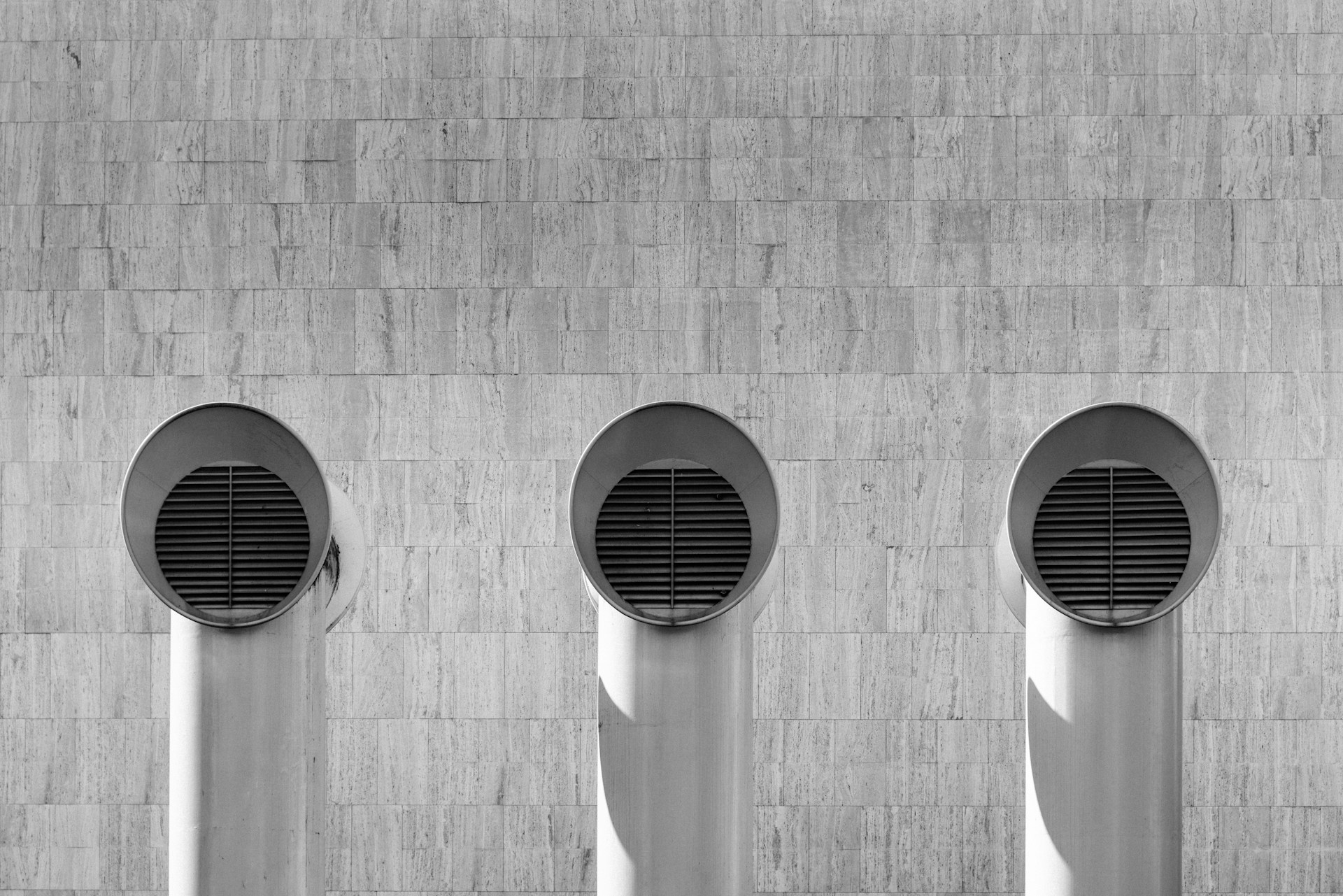How to Design HVAC Systems for Optimal Energy Conservation in Commercial Buildings?

The necessity for energy efficiency in commercial buildings is not just about being environmentally conscious. It’s about financial prudence and long-term sustainability. HVAC (Heating, Ventilating, and Air Conditioning) systems are some of the largest consumers of energy in commercial buildings, accounting for approximately 40% of the total energy usage. Thus, it is crucial to design HVAC systems focusing on optimal energy conservation. This article will delve into some of the best practices and methods to achieve this aim.
Understanding the Basics of Energy-Efficient HVAC Systems
Before diving into the design concepts, let’s familiarize ourselves with what makes an HVAC system energy efficient. An energy-efficient HVAC system doesn’t merely focus on reducing energy consumption. It should also provide optimum comfort, ensure high indoor air quality, and be economically feasible for the building owners.
Avez-vous vu cela : How Can Real Estate Developers Incorporate Community Gardens into Housing Complexes?
Energy-efficient HVAC systems are designed to reduce energy consumption while maintaining or improving comfort levels. Energy efficiency is not about compromising comfort for energy savings. Instead, it’s about finding a balance where the system provides the necessary comfort while minimizing energy consumption.
Incorporating Energy Efficiency in HVAC Design
Designing an energy-efficient HVAC system for a commercial building involves more than just choosing high-efficiency equipment. It requires a comprehensive approach that considers the building’s architecture, its intended use, and the local climate.
A découvrir également : What Are the Challenges and Benefits of Real Estate Crowdfunding?
- Building Design and HVAC System Integration
The layout and design of the building can greatly influence the efficiency of the HVAC system. For instance, buildings with a lot of glass surface area may require more cooling during the summer months due to increased solar heat gain. Similarly, a building located in a colder climate would need a more robust heating system.
When designing the HVAC system, it’s essential to take into account the building’s architectural design and use energy modelling tools. These tools can help predict the building’s energy consumption under different scenarios, enabling you to select and size the HVAC system appropriately.
- Selection of High-Efficiency HVAC Equipment
High-efficiency HVAC equipment can significantly reduce energy consumption. However, it’s important to note that the initial cost of such equipment can be higher than their standard efficiency counterparts. Therefore, it’s necessary to conduct a cost-benefit analysis to determine if the energy savings justify the higher initial cost.
- Control Systems for Optimum Performance
Control systems play a vital role in maintaining the efficiency of HVAC systems. A well-designed control system can adjust the HVAC operations based on the actual building occupancy and weather conditions, thereby minimizing energy wastage.
Enhancing HVAC Efficiency Through Proper Installation and Maintenance
The efficiency of an HVAC system is not solely dependent on its design and equipment selection. The installation process and ongoing maintenance also play a crucial role in ensuring the system operates at its maximum efficiency.
Proper installation of HVAC equipment is critical to prevent energy loss. For example, poorly installed ductwork can result in significant heat loss, reducing the system’s efficiency. Therefore, it’s vital to ensure that the HVAC equipment is installed correctly and tested for any potential issues.
Regular maintenance of the HVAC system is also crucial for maintaining its efficiency. This includes routine checks and cleaning of the equipment, timely replacement of filters, and regular inspection for any potential issues that can hinder the system’s performance.
Implementing Advanced HVAC Technologies for Greater Efficiency
The advancement in technology has brought about several innovative solutions that can further enhance the efficiency of HVAC systems. These technologies offer new ways to control and manage HVAC operations, reducing energy consumption while improving comfort.
For example, variable refrigerant flow (VRF) systems offer precise control over the amount of refrigerant being utilized, thereby optimizing energy usage. Similarly, smart thermostats and building automation systems can provide greater control over HVAC operations, enabling more efficient use of energy.
While designing an HVAC system for a commercial building, it’s vital to stay updated with the latest technologies and consider incorporating them into your design if it adds to the system’s overall efficiency and cost-effectiveness.
By carefully considering the building’s design, selecting high-efficiency equipment, ensuring proper installation and maintenance, and incorporating advanced technologies, you can design an HVAC system that optimizes energy conservation and provides a comfortable indoor environment. With energy costs continually rising, now more than ever is the time to focus on designing energy-efficient HVAC systems for commercial buildings.
Observing HVAC System Operation for Continuous Improvement
To ensure the continuous improvement of the energy efficiency of your HVAC system, it’s crucial to observe and monitor its performance regularly. The data collected can provide valuable insights into areas that may need adjustment or improvement for optimum energy use.
The operation of HVAC systems should be observed and monitored via an energy management system (EMS). An EMS allows for the real-time tracking of energy consumption, which can be invaluable in identifying inefficiencies or issues that may be causing unnecessary energy use. For example, if the EMS data indicates a sudden spike in energy consumption, it may suggest a fault in the system that needs to be rectified.
Also, patterns in energy use can be identified and used to adjust the system’s operation. For instance, if the data shows a reduction in energy use during certain periods, the system could be programmed to run at a lower capacity during those times, further reducing energy consumption.
In addition to monitoring system performance, regular energy audits should be conducted. Energy audits involve a thorough assessment of the energy use of the commercial building, including its HVAC system. The results of an energy audit can identify areas for improvement and provide recommendations for changes or upgrades that could result in significant energy and cost savings.
Conclusion: The Importance of Energy Conservation in Commercial HVAC Systems
Optimizing energy conservation in commercial HVAC systems goes beyond just reducing energy costs. It plays a significant role in improving the sustainability of commercial buildings, reducing carbon footprint, and enhancing indoor air quality.
Investing in energy-efficient HVAC systems and practices is an investment in the future. The benefits of reduced energy consumption are not limited to cost savings. They also include lower maintenance costs, increased equipment lifespan, and a healthier and more comfortable indoor environment.
Therefore, it’s of paramount importance to consider energy conservation when designing HVAC systems for commercial buildings. This includes understanding the basics of energy efficiency, incorporating efficiency in the design, ensuring proper installation and maintenance, implementing advanced technologies, and observing system operation for continuous improvement.
It’s also crucial to remember that energy conservation is a continuous process that requires regular monitoring and adjustments. With the right approach and commitment, commercial buildings can significantly reduce their energy consumption, benefiting both the environment and their bottom line.
The future of commercial HVAC lies in energy efficiency. And with the rise in energy costs and the increasing demand for sustainable solutions, there’s never been a better time to prioritize energy conservation in commercial HVAC system design.
